Something different.
The whole computing thing started for me in the second half of the 8-bit and the beginning of 16-bit periods. So naturally everything 8 / 16 bits is of significant interest here.
For long time i was able to resist the urge to get back to it given the ongoing activities around 286, 386, 486 and Pentium 3 class hardware, but i was only lying to myself for as long as i can before the time comes and i cannot keep resisting.
Reached that breaking point last year.
Here is what happened next.
I wanted to setup an 8086 machine since never touched something like that back in the day. Only 8088 stuff.
Unfortunately there are not a lot of options to pick from - a handful of branded PCs and very few (1?) standard XT motherboards.
Never owned branded computers - too rigid and constrained ... but at a premium price, so there was a strong resistance to break the "rule" and instead kept going for and back about the different options.
Discarded portable PCs.
Discarded the IBM, Amstrad, Siemens stuff for obvious reasons.
Discarded other highly proprietary implementations and designs with low-level of integration.
Only 3 real candidates kind of passed the filters:
Juko Nest XT - XT standard through and through, looks like potent assembly ... but unobtanium.
Olivetti PCS86 - has a proprietary PSU interface, soldered on-board CPU and RAM. Not ideal for my peak performance needs (overclocking). Ignored it at the end.
Tandy 1000 SL
Tandy 1000 SL PCs are still available online from time to time.
Conform to the XT standards - basically, normal proper computers.
Have few minor customizations that can be turned-off easily not to get in the way.
8086 based.
Socketed CPU, FPU, RAM - good for overclocking activities.
An obvious choice.
Managed to obtain the full package not far ago.
On the outside (before whitening - covered in following posts):
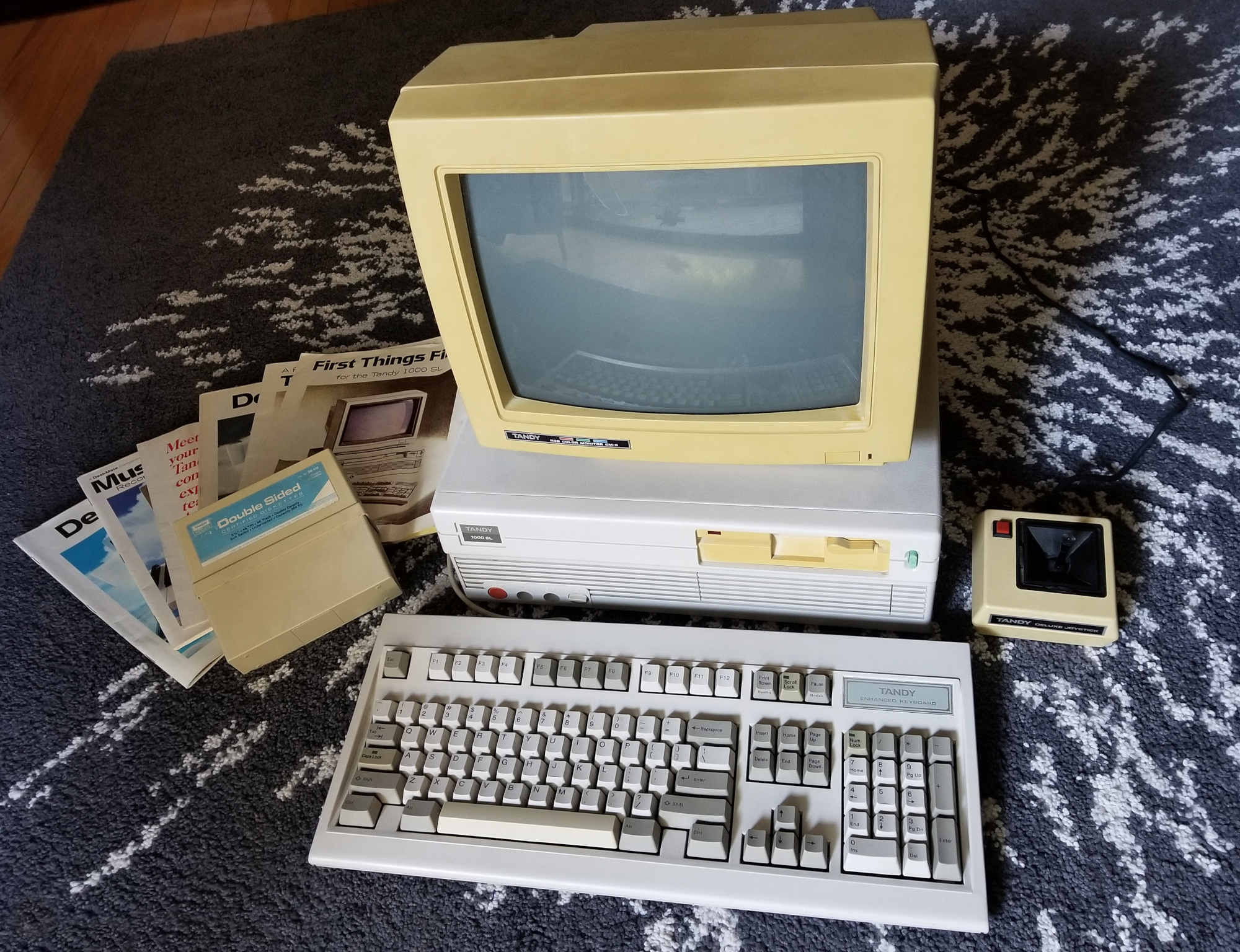

Monitor damage during transit to here. 🙁
(Fixed it later with custom 3D printed pieces and matched paint color.)
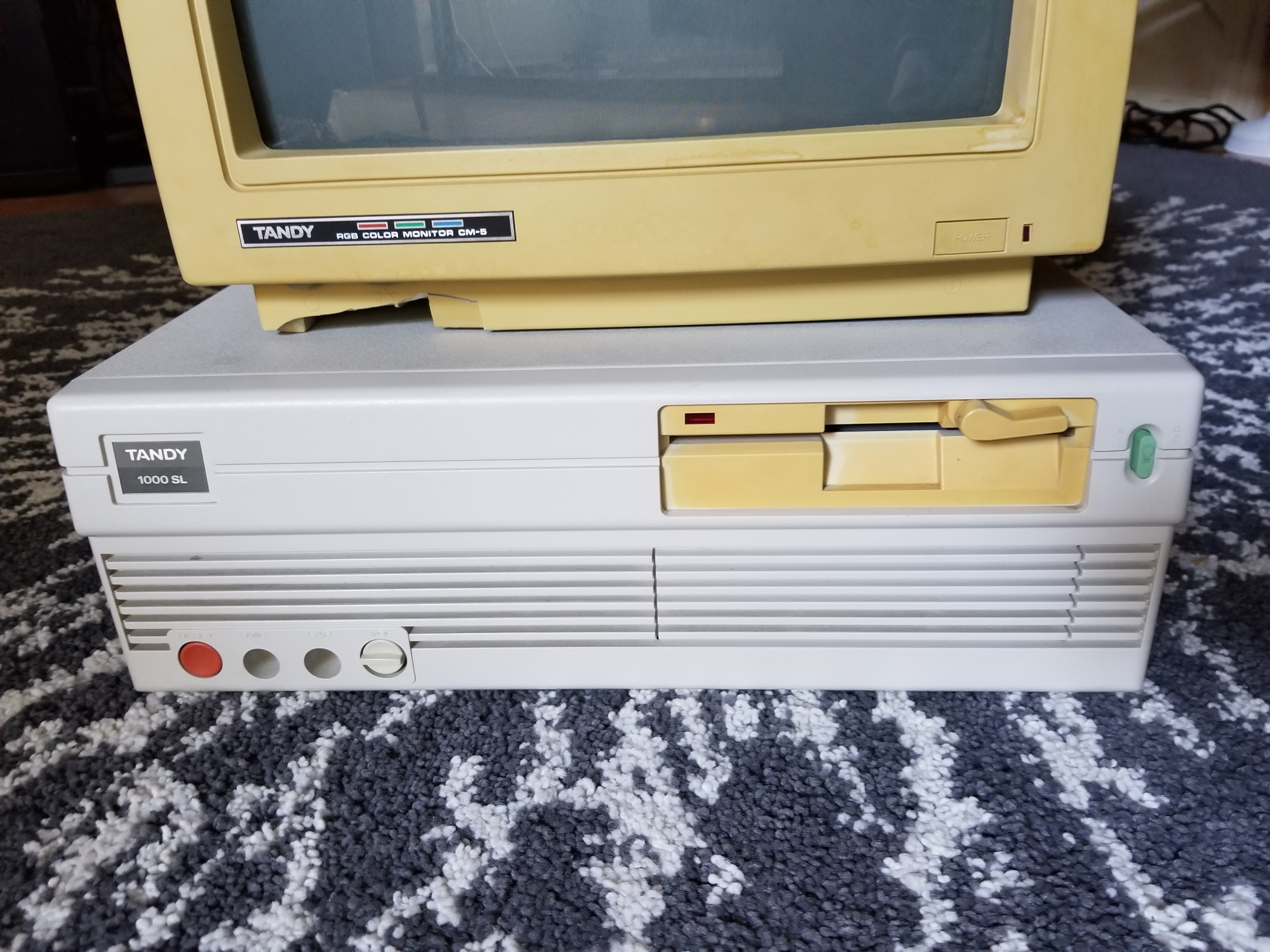
There is a lot of charm in CGA graphics, but let's be real - this will be VGA at the end.
Latest model Diamond SpeedSTAR24 - with those surface mounted components. This one is with 8-bpp RAMDAC.
Grossly overpowered for the host machine. May downgrade to something more appropriate.
Have several pre-90 ISAs. Will see which one fits best.
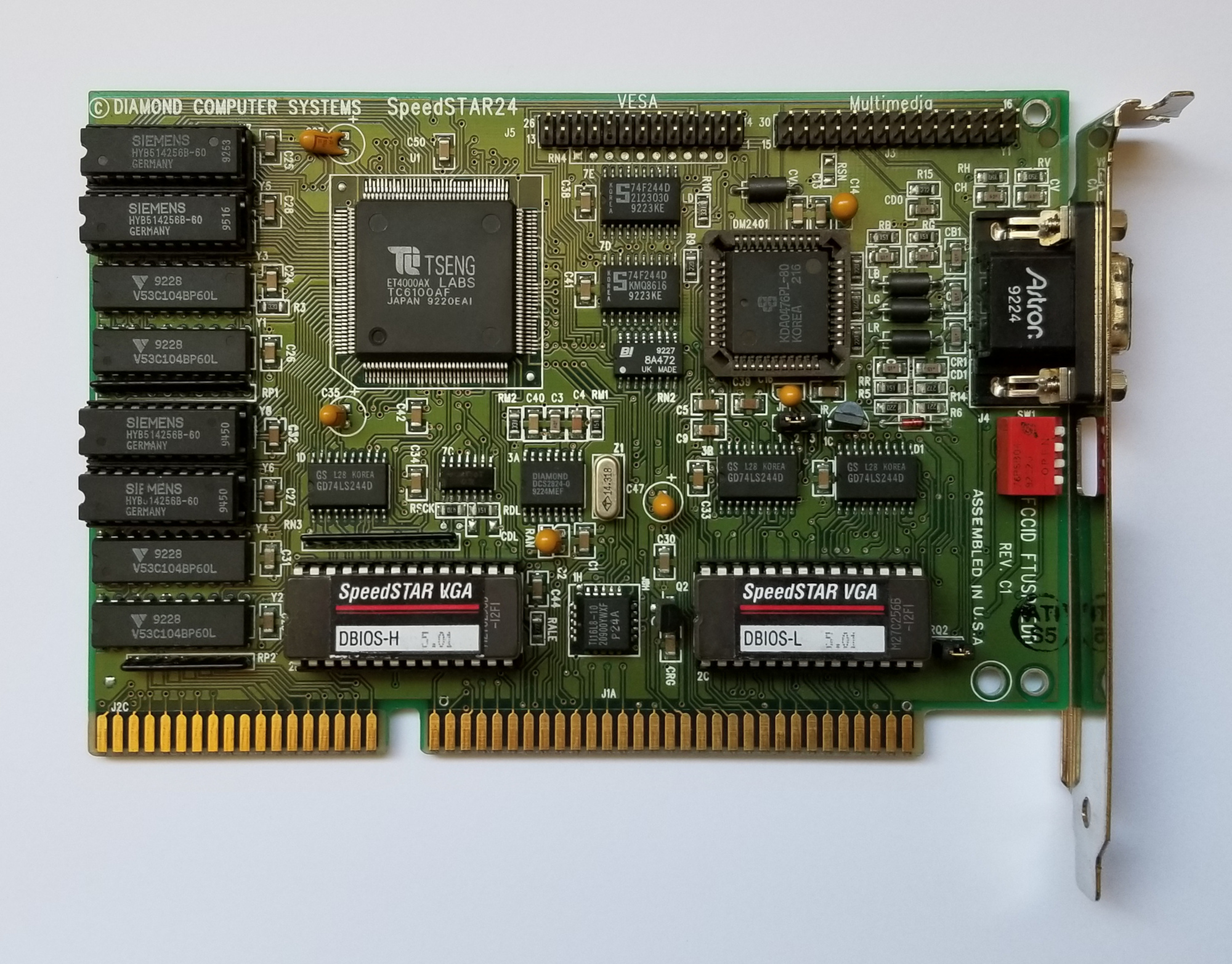
On the inside - barebone - leaves a lot of room for improvements, which is great since journey is the mission.
All PCBs have this factory fix with the blue wire.
Needs thorough cleaning. Did it later.
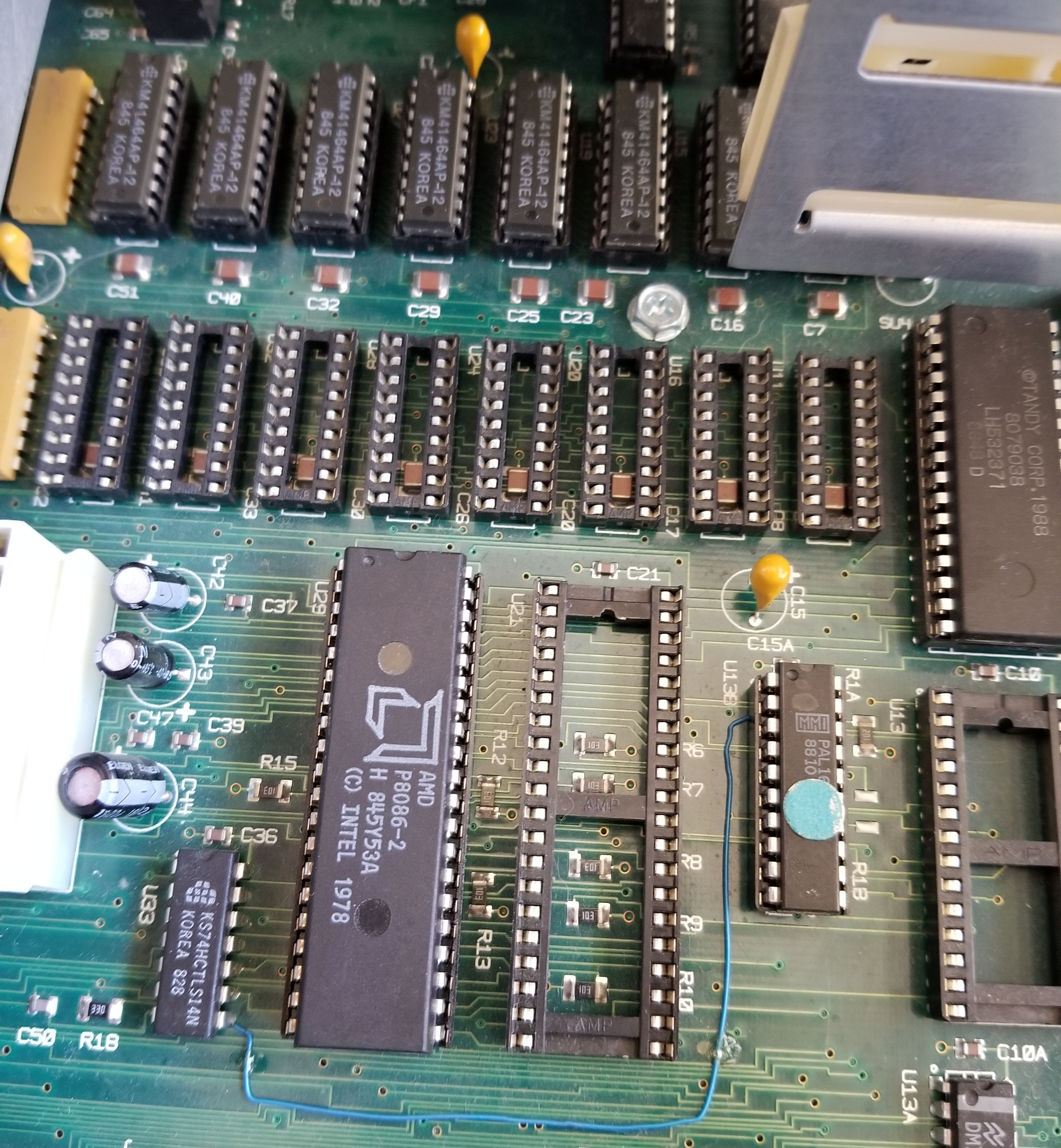
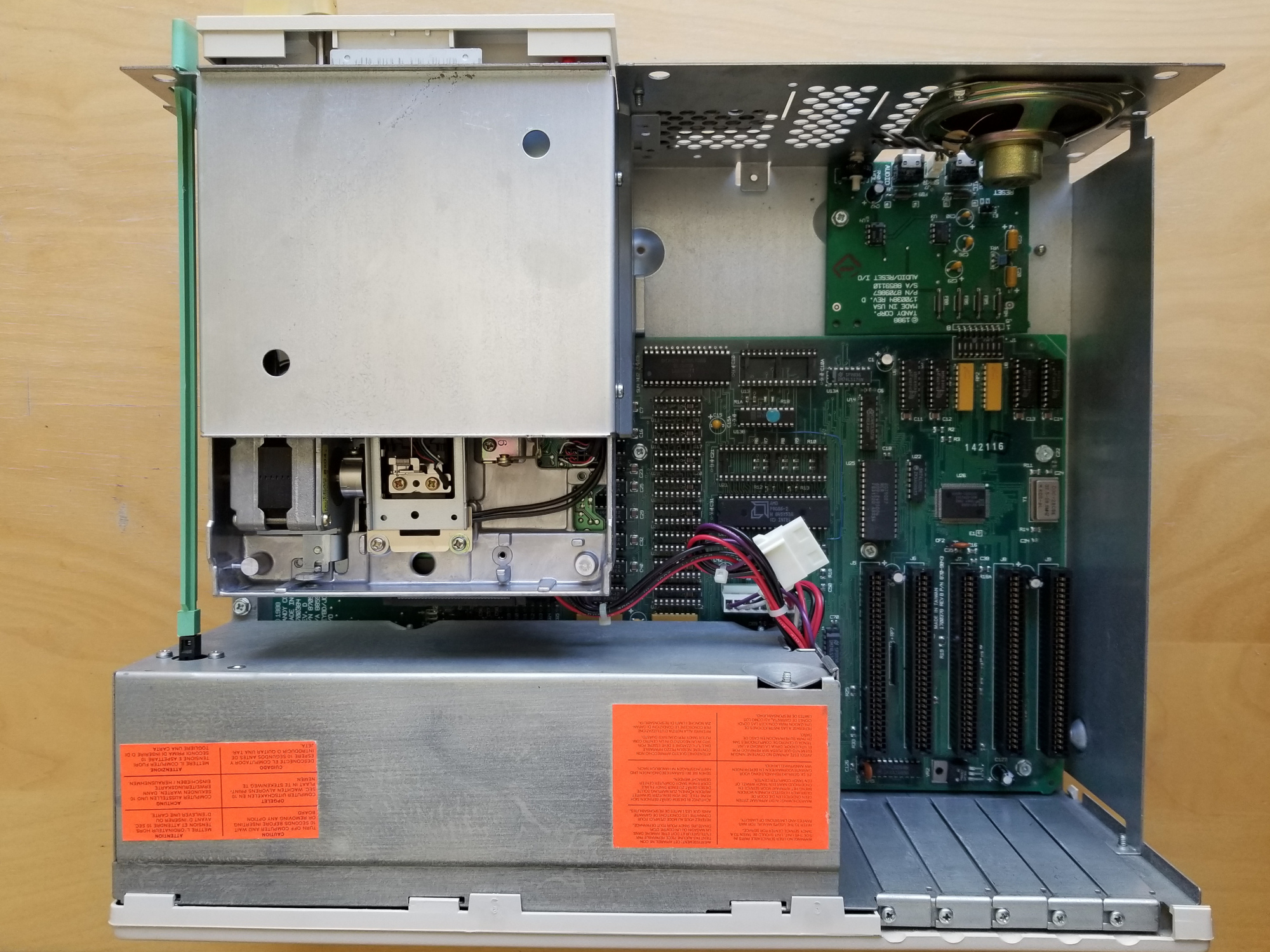
--- Upgrades ready to go in.
CPU: 16MHz rated NEC V30 HL:
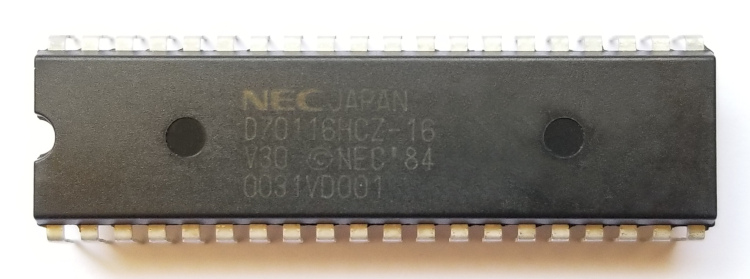
FPU: 10MHz rated Intel 8087:
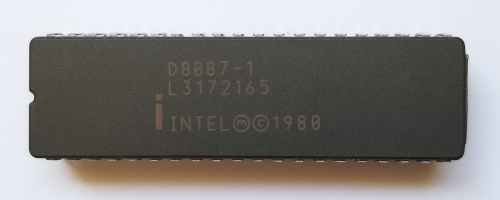
RAM: 80ns rated 640Kb:
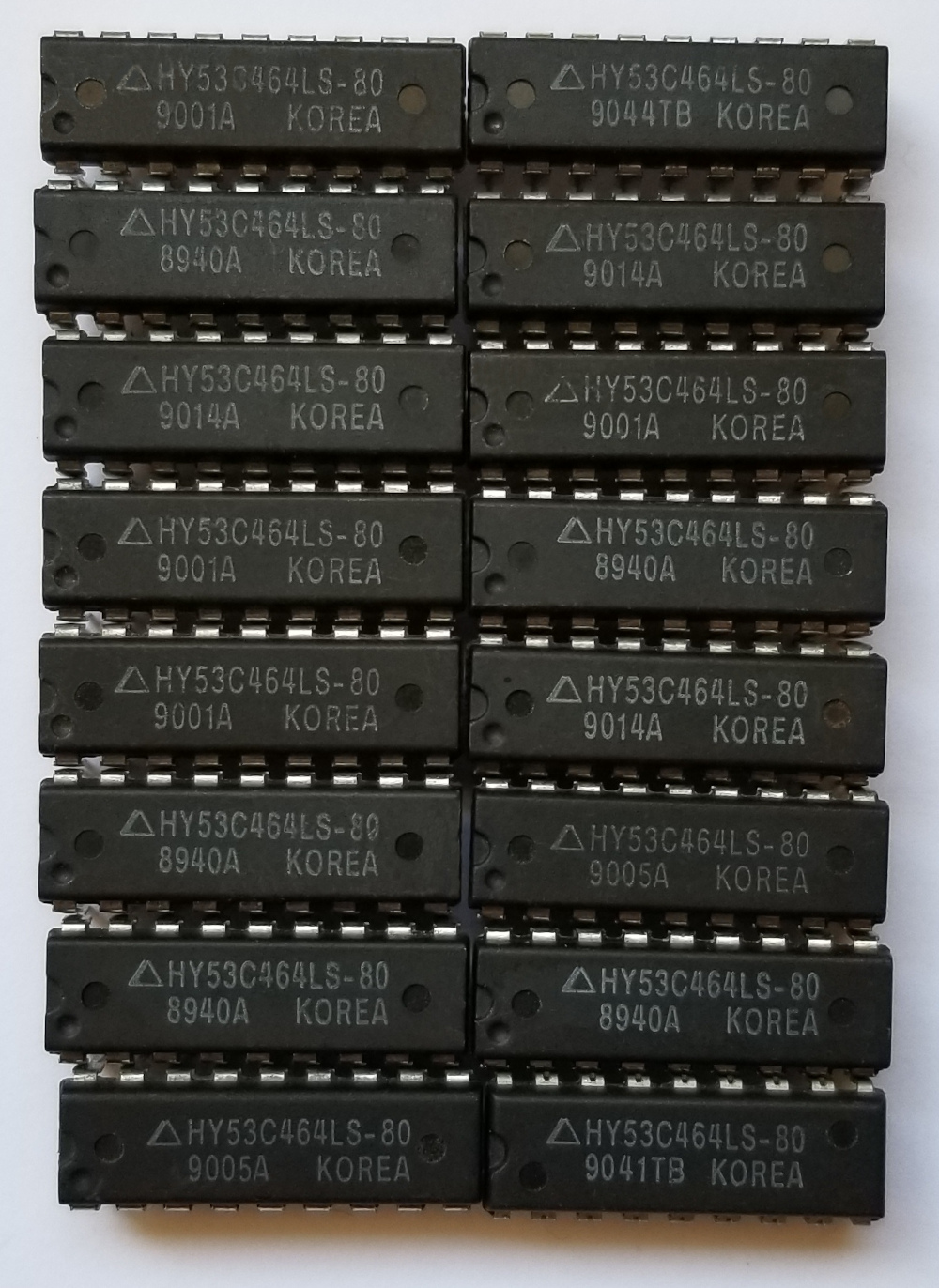
CLOCK: Smart watch module. Because i really care about correct date on this machine:
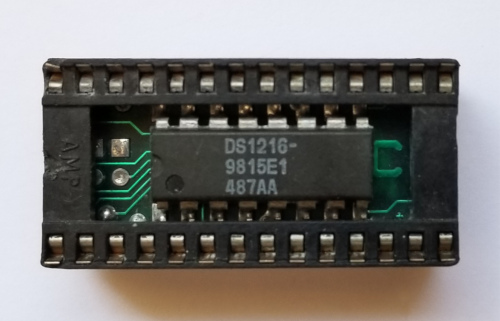
EMS:
Acculogic RAMpAT! memory board for up to 16Mb of RAM.
High chance to be discarded - there is no software to take advantage of it. Most likely will end-up in the fast 286 VLSI PC.
Its place can be taken by something more modest like Lo-tech 1Mb RAM board. We will see.
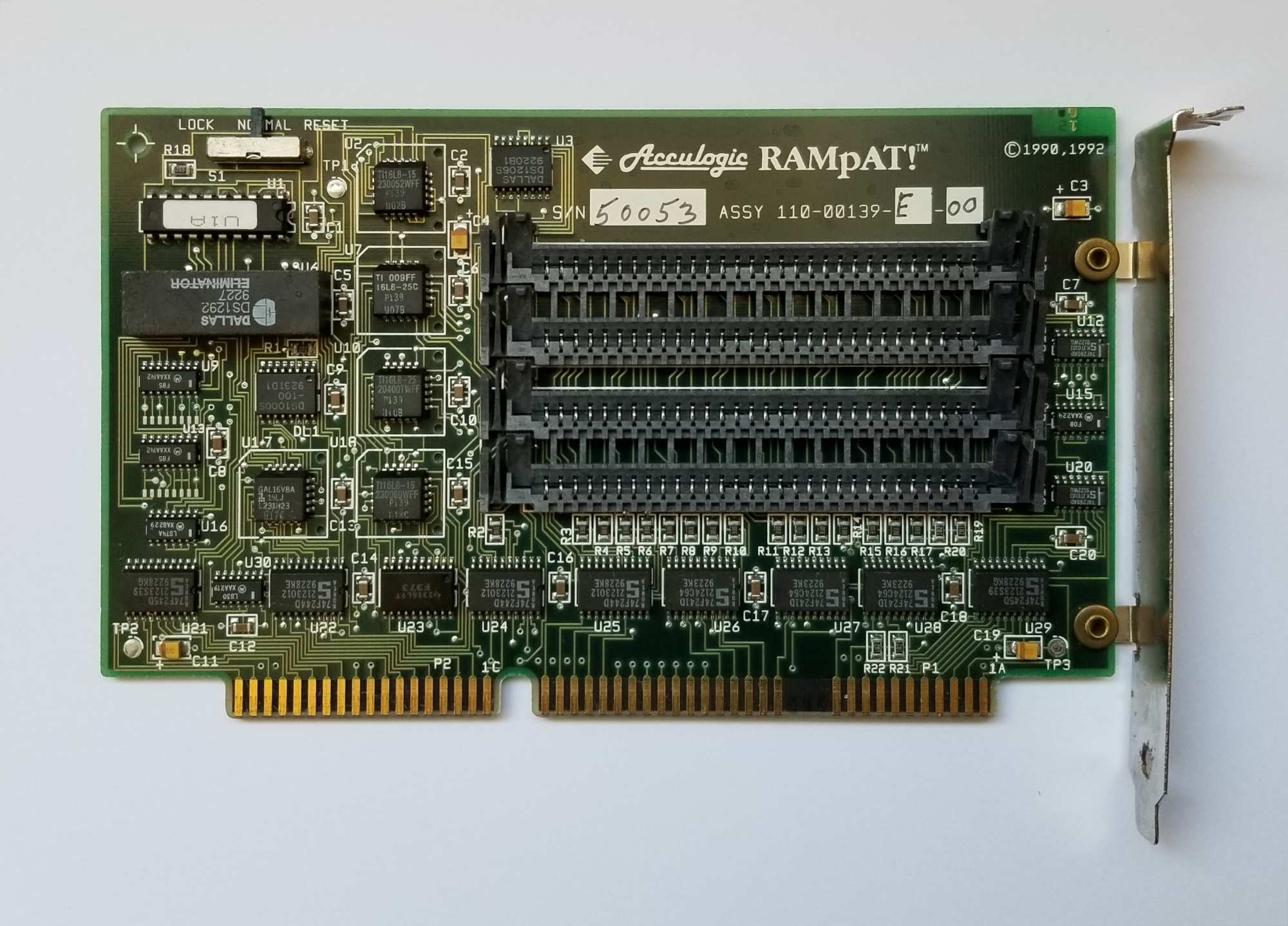
LOCAL STORAGE:
HDDs are inconvenient now-a-days, especially "standard" stuff like Tandy's hard card.
Lo-tech XT-CF-lite rev.2 takes the lead.
Not sure about the red color ...
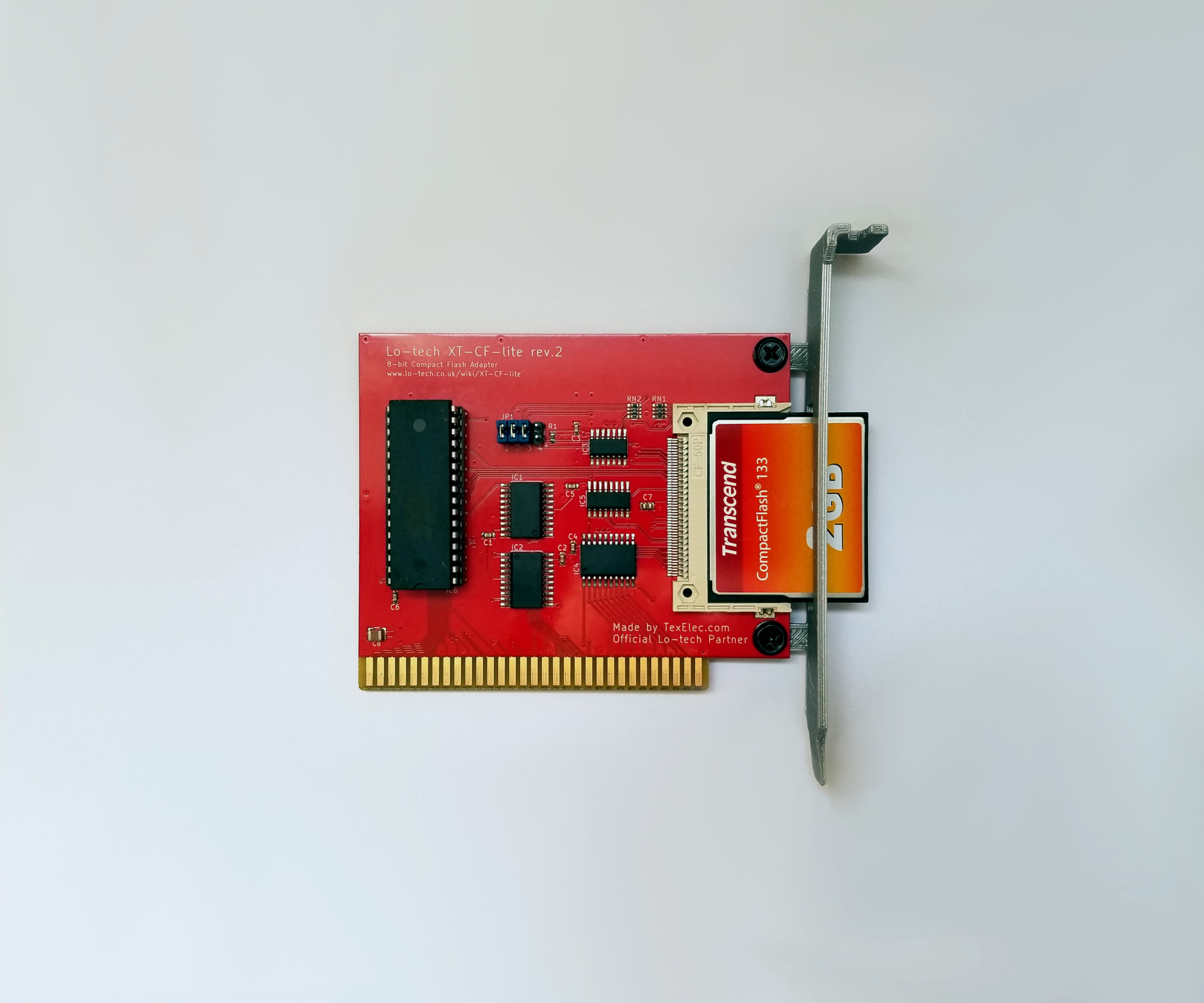
Not convinced about adding dedicated sound card and modem.
There is a built-in audio system - more of a buzzer, but it goes well with the whole XT thing.
Modem - feels like another piece of baggage in the trunk.
Thoughts ?
Most likely won't bother with a second floppy drive.
Not sure if want to splurge for Tandy mouse, so standard one will do for now.
While the PC case is sustained its color, the monitor and floppy have this Tabaco shade that may need treatment.
---
Tried briefly last night the XT-IDE card - BIOS menu does not show up on screen.
Verified the card is functional in 486 PC, so some issue with memory addresses.
Will be looking at this over the weekend.
Probably need to switch the boot from DISKMATE to MS-DOS.
Any ideas ?
---
Objective is to setup a well rounded XT and see how far it can climb on the performance scale - the usual.
About to get to it in the coming days.
Any feedback welcome.
(EDIT: story continues here and here)











